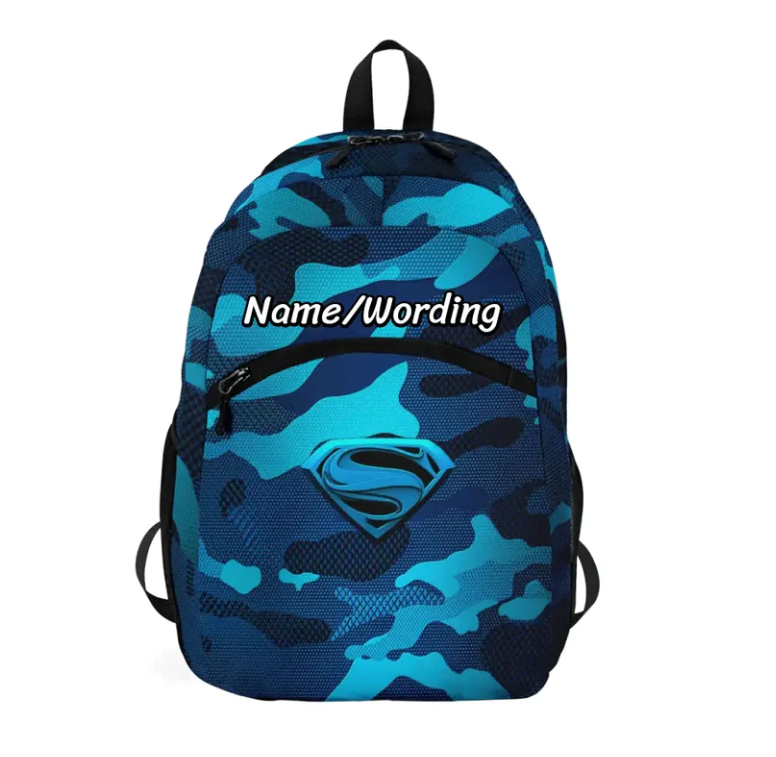Print On Demand (POD) has emerged as a lucrative model for entrepreneurs looking to sell custom products without the hassles of inventory management and upfront investments. Success in the POD business hinges on three critical aspects: niche selection, product creation, and effective marketing. This guide delves into these secrets, with a special focus on shoes and apparel, guiding you through creating, marketing, and selling your custom products for maximum profit.
1. Niche Selection
The first step towards a successful POD business is choosing the right niche. The niche you select should be something you’re passionate about, yet it also needs to have a demand in the market. For the shoe and apparel market, this could range from eco-friendly materials, specific subcultures or fandoms, to sports and fitness enthusiasts. Conducting thorough market research using tools like Google Trends, social media insights, and competitor analysis can help identify profitable niches with high demand but low competition.



2. Product Creation
Once you’ve pinpointed your niche, the next step is product creation. For shoes and apparel, the design process is crucial. Your designs should not only appeal to your target market but also stand out from the competition. Consider collaborating with artists or designers if you’re not one yourself, or use design software to create or fine-tune your own designs.
Selecting the right POD partner is paramount. Look for providers that offer high-quality printing on a wide range of products, reliable shipping, and customer service. They should also provide easy integration with your online store or marketplace platforms you plan to use.
3. Branding and Design
Your brand is your promise to your customer. It tells them what they can expect from your products and differentiates your offering from your competitors’. Your brand identity should resonate with your target niche, from your logo and product designs to your marketing messages.

For apparel and shoes, the design isn’t just about looking good. It must also reflect the values and interests of your target audience. Whether it’s bold and loud designs for the music scene aficionados or subtle, minimalist designs for the eco-conscious, ensure your products mirror the essence of your niche.
Marketing and Sales Strategies
- Online Marketing Strategies After setting up the foundation for your POD business with appealing products and a strong brand identity, the next critical step is to draw attention to your brand. In the digital age, online marketing strategies are paramount in achieving visibility and driving sales.
Social Media Marketing: Platforms like Instagram, Facebook, and Pinterest are ideal for showcasing your shoes and apparel. Use high-quality images and engaging content that highlights the uniqueness of your products. Collaborate with influencers within your niche to reach a wider audience quickly. SEO and Content Marketing: Optimize your online store for search engines to attract organic traffic. Use keywords related to your niche in your product descriptions, blog posts, and meta tags. Creating valuable content that addresses your target audience’s interests or problems can establish your brand as an authority in your niche, driving more traffic and engagement.
- Sales Channels Choosing where to sell your POD products significantly impacts your business’s success. While you can sell directly from your website, leveraging online marketplaces can also be beneficial.
Your Own Website: Selling on your own platform gives you full control over the customer experience and higher profit margins since there are no marketplace fees. Utilize e-commerce platforms like Shopify or WooCommerce to set up your shop with ease. Marketplaces: Platforms like Etsy, eBay, and Amazon can expose your brand to millions of potential customers. While they take a portion of your sales as fees, these marketplaces can significantly increase your product’s visibility without much marketing effort on your part.
- Customer Engagement and Retention Engaging with your customers and ensuring their satisfaction is key to building a loyal customer base and encouraging repeat business.
Building a Community: Create a sense of community around your brand by engaging with your customers on social media, sending regular newsletters, or creating a loyalty program. Encourage them to share photos of your products in use, which can serve as social proof and attract new customers. Feedback loops: Implement mechanisms to collect customer feedback, such as surveys or review requests after purchases. This feedback provides insights into customer needs and satisfaction, ensuring they feel heard and valued.



Starting a POD business in the shoes and apparel market requires more than just creating and listing products. Success comes from identifying the right niche, developing products that resonate with that niche, establishing a strong brand presence, and implementing effective marketing and sales strategies. Engaging with your audience and adapting based on feedback can elevate your brand and help maintain a steady stream of income. Remember, the POD business model offers a unique opportunity to test different markets with minimal risk. Continuous learning, experimenting with designs and marketing strategies, and staying updated on industry trends are essential for staying ahead in the competitive e-commerce landscape. With dedication, creativity, and strategic planning, you can build a profitable POD business that stands the test of time. By following these insights and strategies, entrepreneurs can navigate the complexities of the POD marketplace to create, market, and sell custom products effectively. The journey from conceptualizing designs to making substantial profits requires patience, persistence, and a keen eye for changing market dynamics. Whether you’re just starting out or looking to scale your existing POD business, the key is to remain adaptable, innovative, and customer-focused.